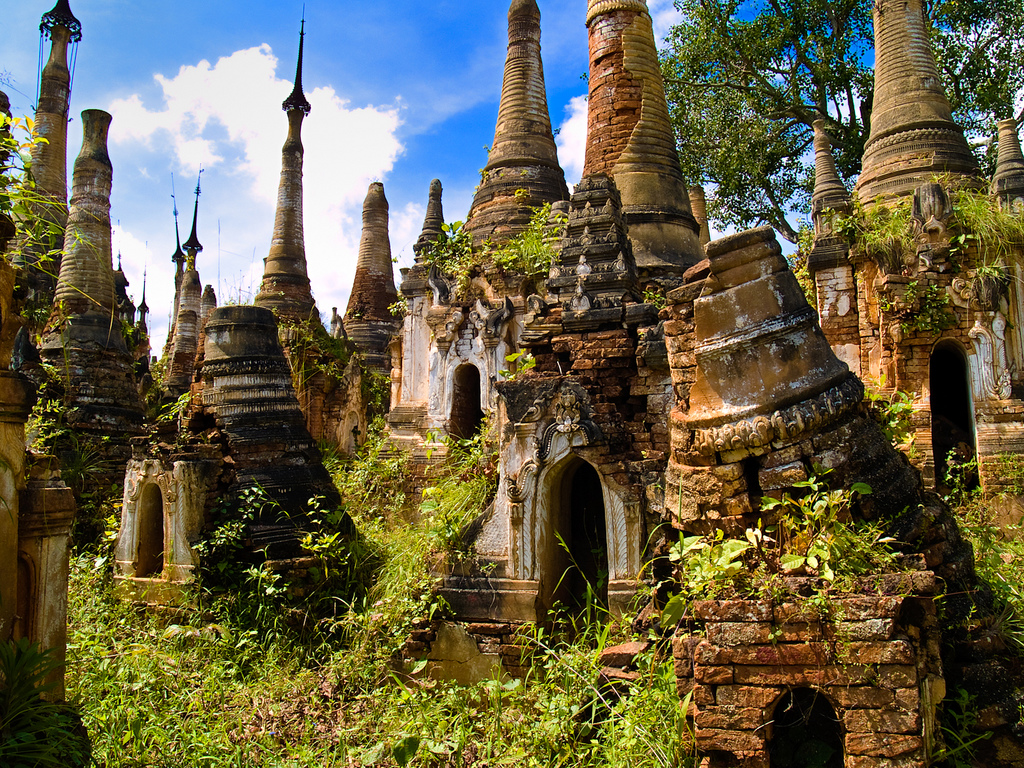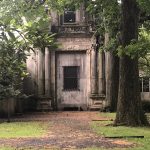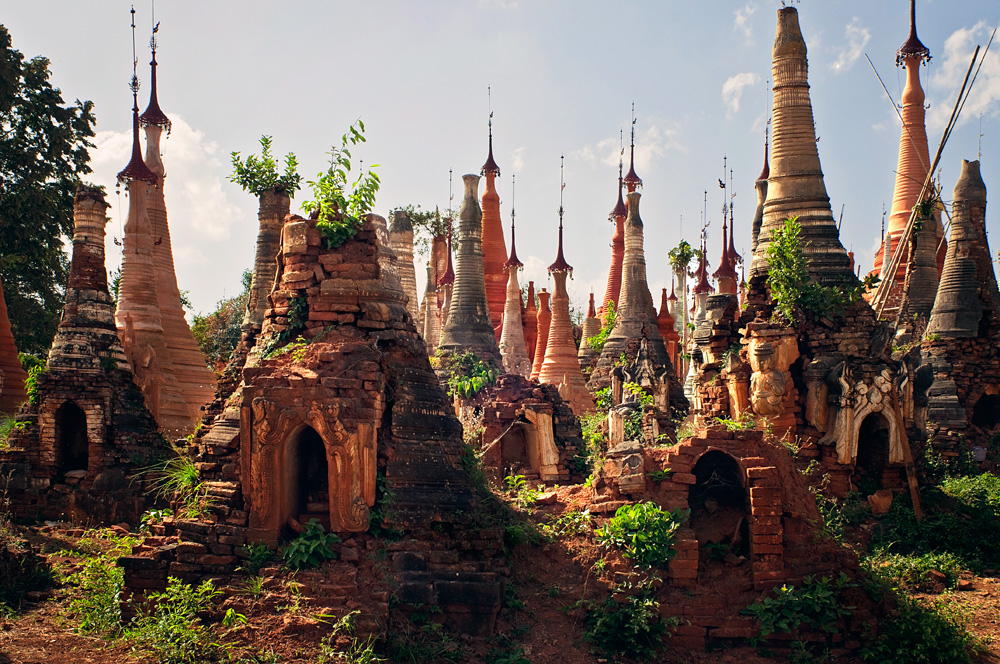
It’s a scene straight out of the Jungle Book, only accessible from the outside world by a narrow canal that weaves its way through a parting in the wild and tangled overgrowth, west of Myanmar’s Inle Lake…
Lead image (c) James Charlick
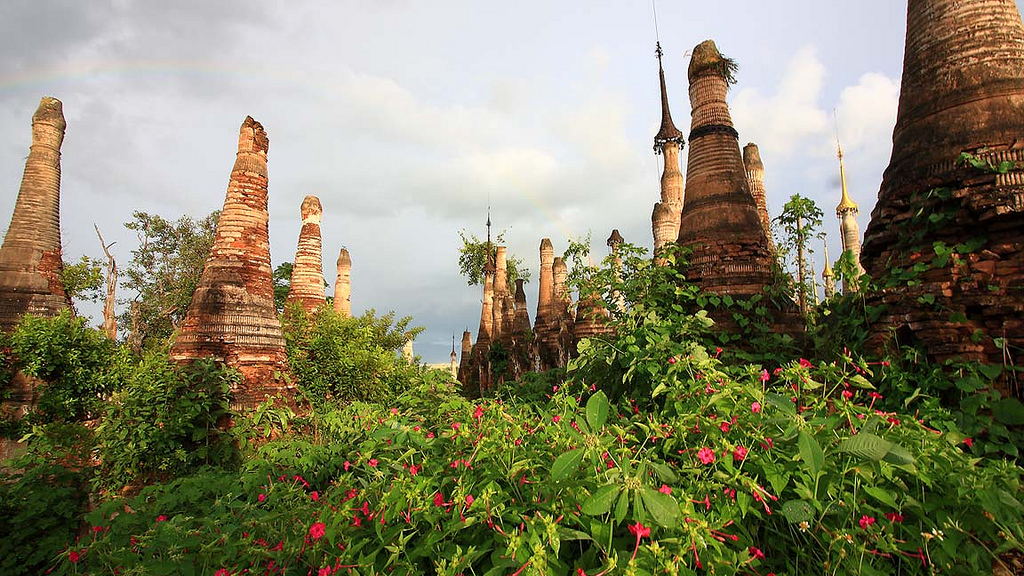
(c) PPana
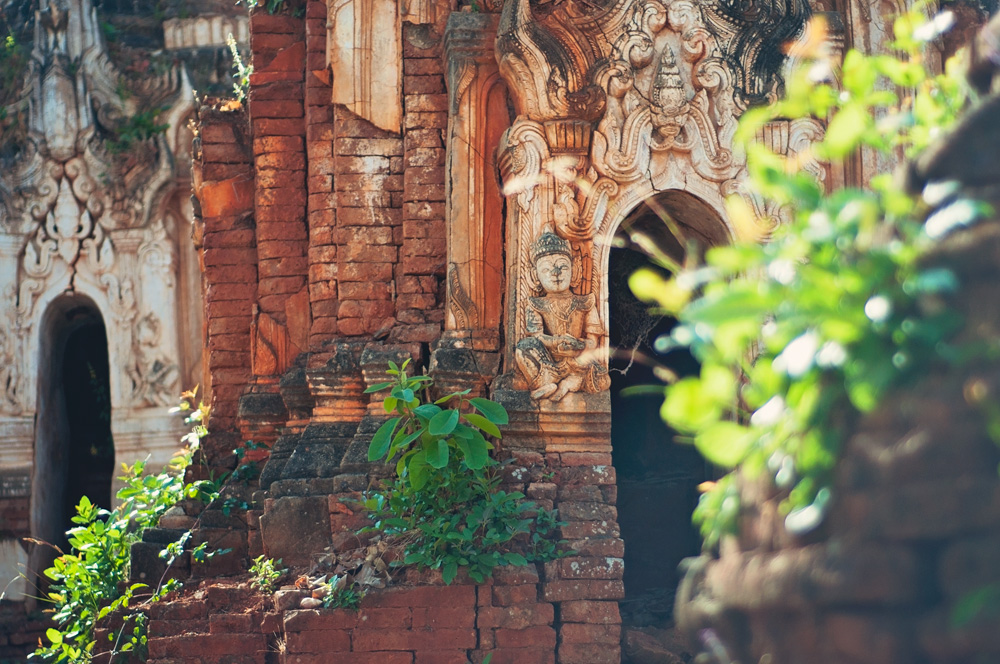
(c) J Charlick
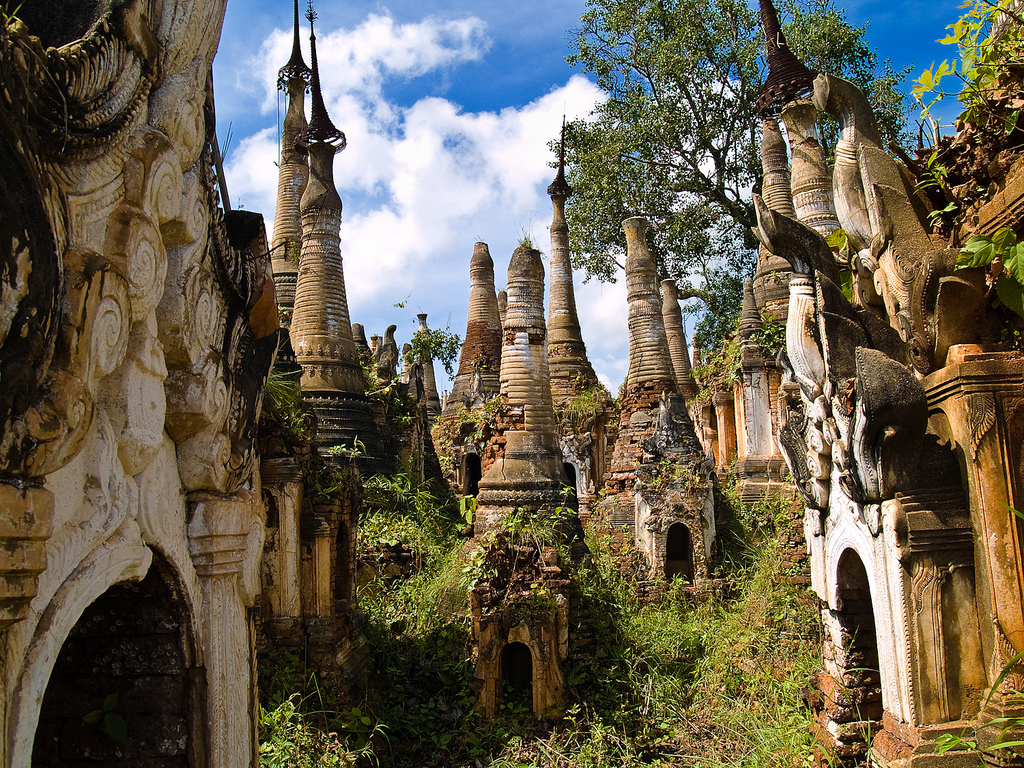
(c) Artano
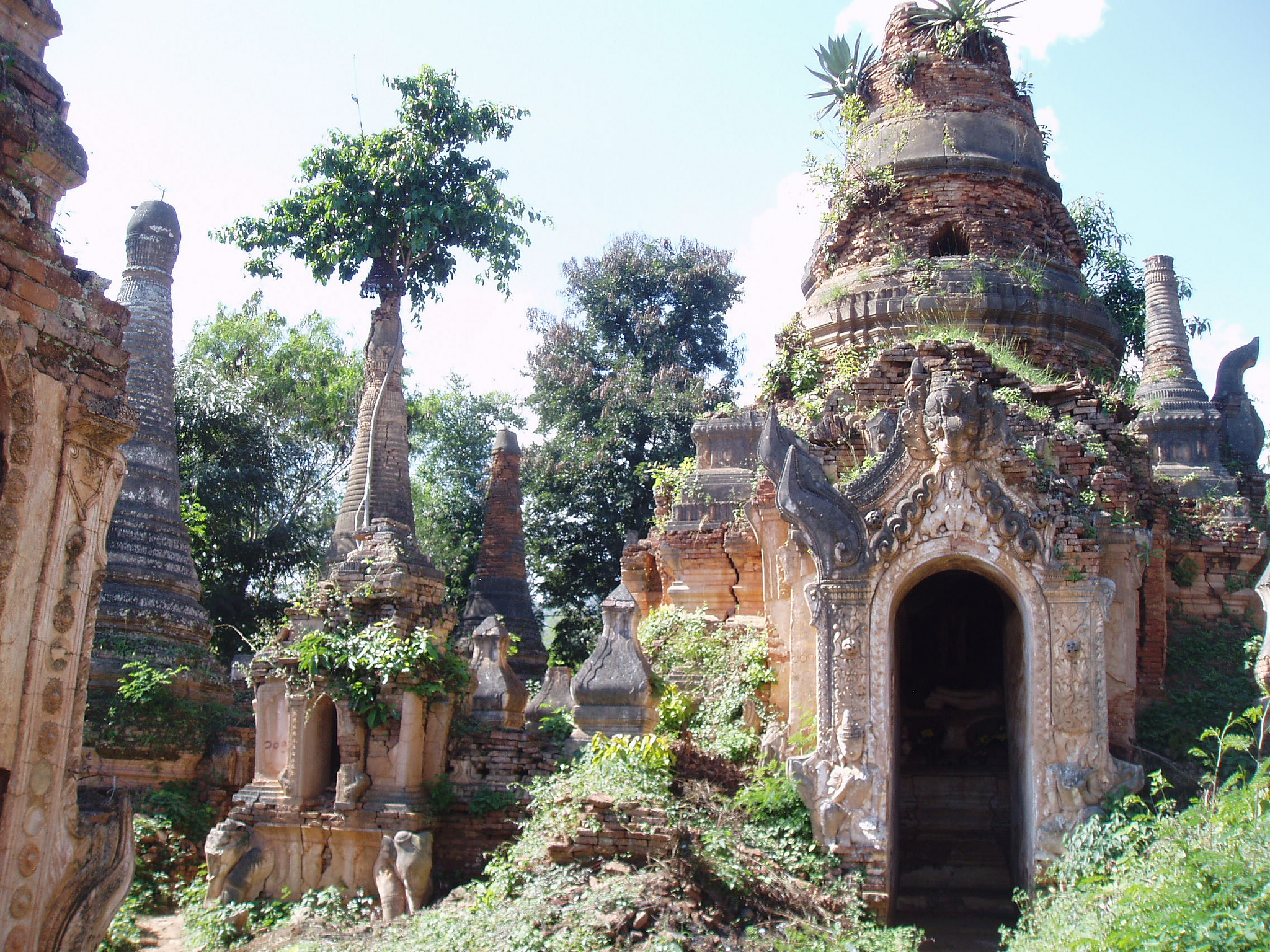
(c) A Thompson
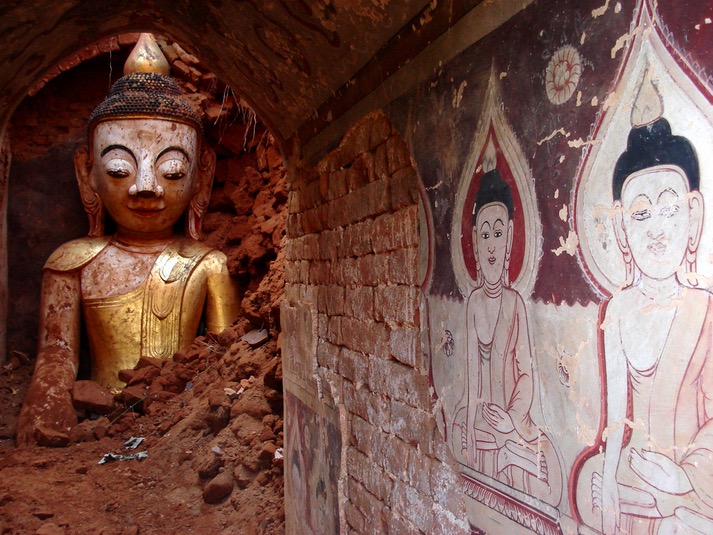
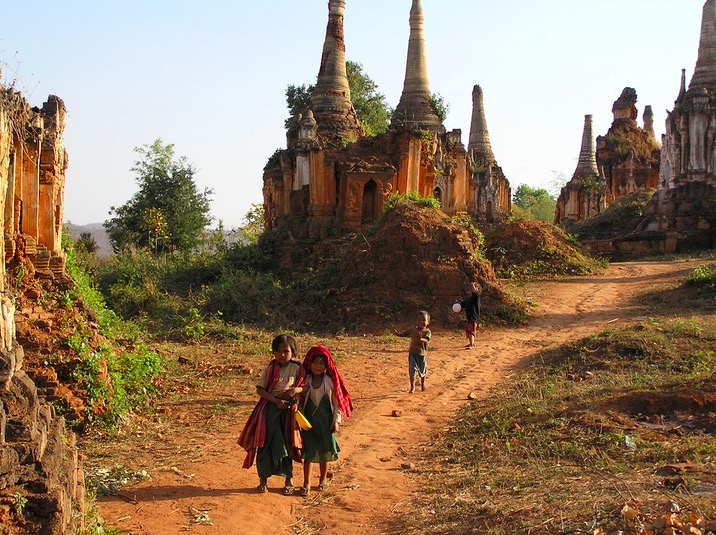
After an hour’s boat ride passing the bathing water buffalo and the local women washing their clothes, a small jetty welcomes visitors to the village of Indein. A few steps beyond is a colourful market where natives come down from their mountain villages to sell home-grown produce such as tofu, soy beans, fresh fish and vegetables.
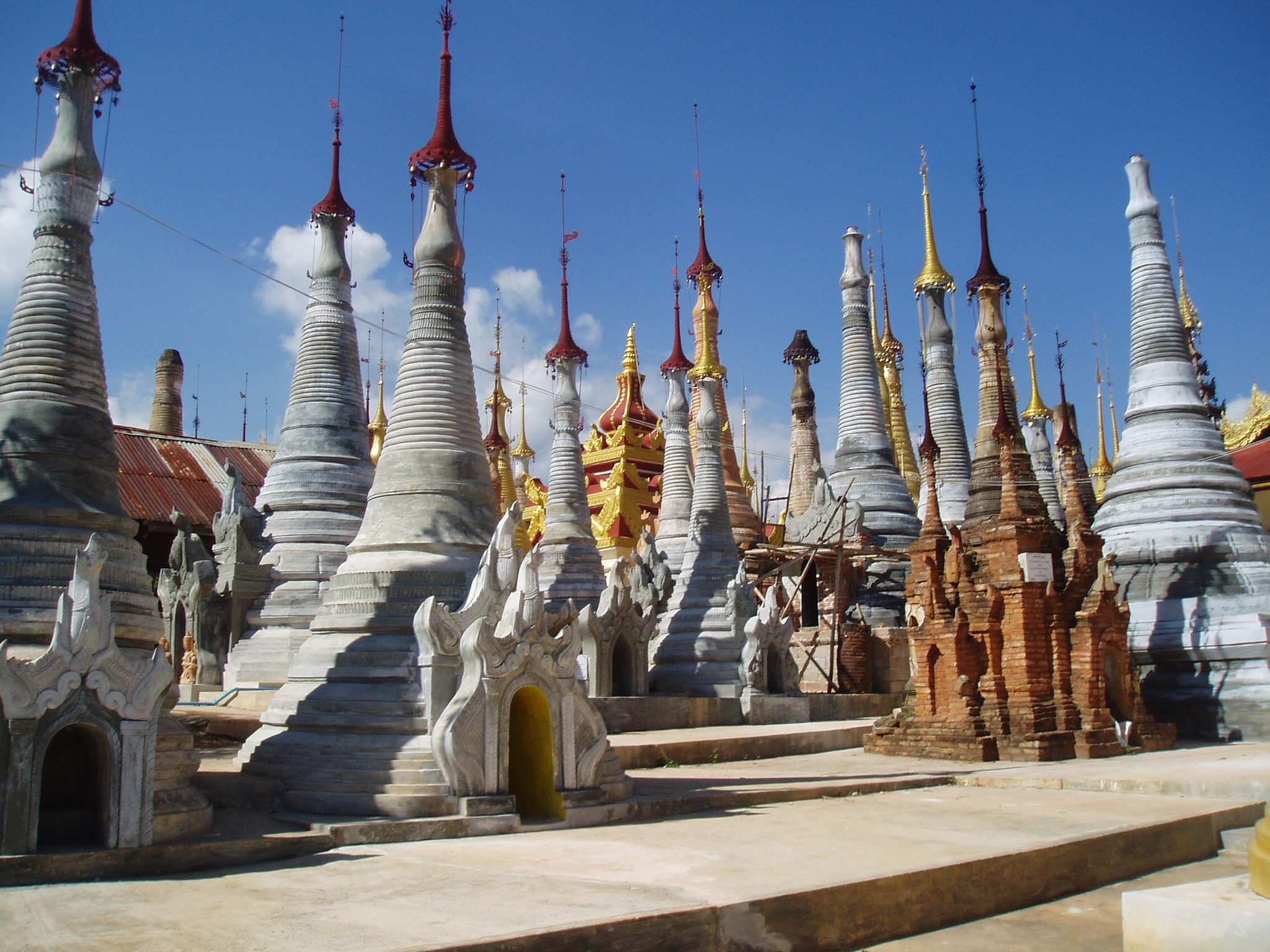
(c) A Thompson
This corner of the Inle Lake down the narrow Inn Thein Creek has not gone untouched by the influence of foreign tourism, but there are hidden treasures to be discovered by taking less-worn tracks that veer off the main path towards the main temple, Shwe Indein Paya, at the top of the hill.
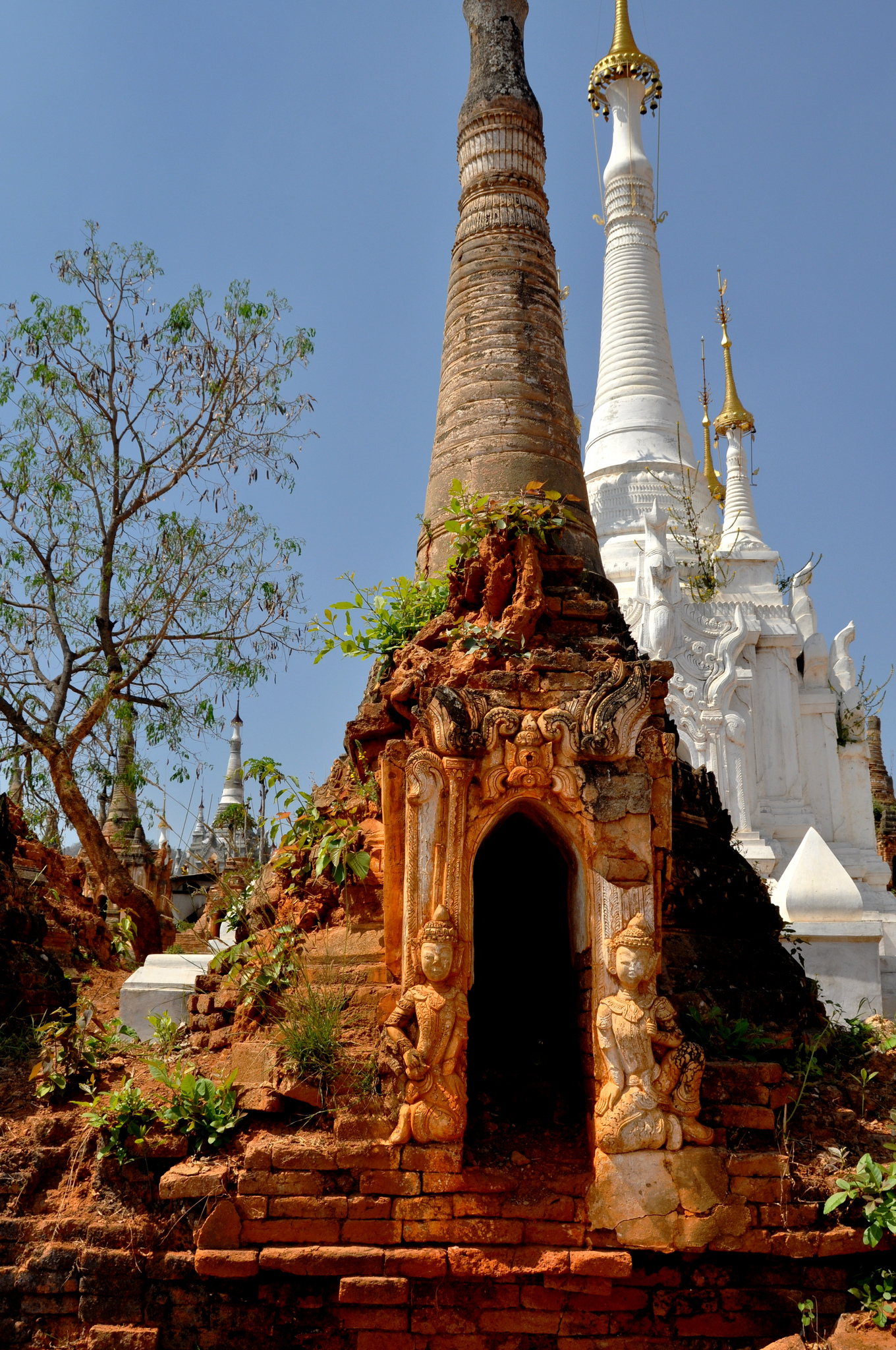
(c) Abella
While the pagodas surrounding the temple in this part of complex have been restored by Burmese donors in a bright gold and white stucco finish, there are hundreds of ancient undiscovered ones to be found in the area, unknown and mysterious even to many of the local people, deep in the thick of the jungle.
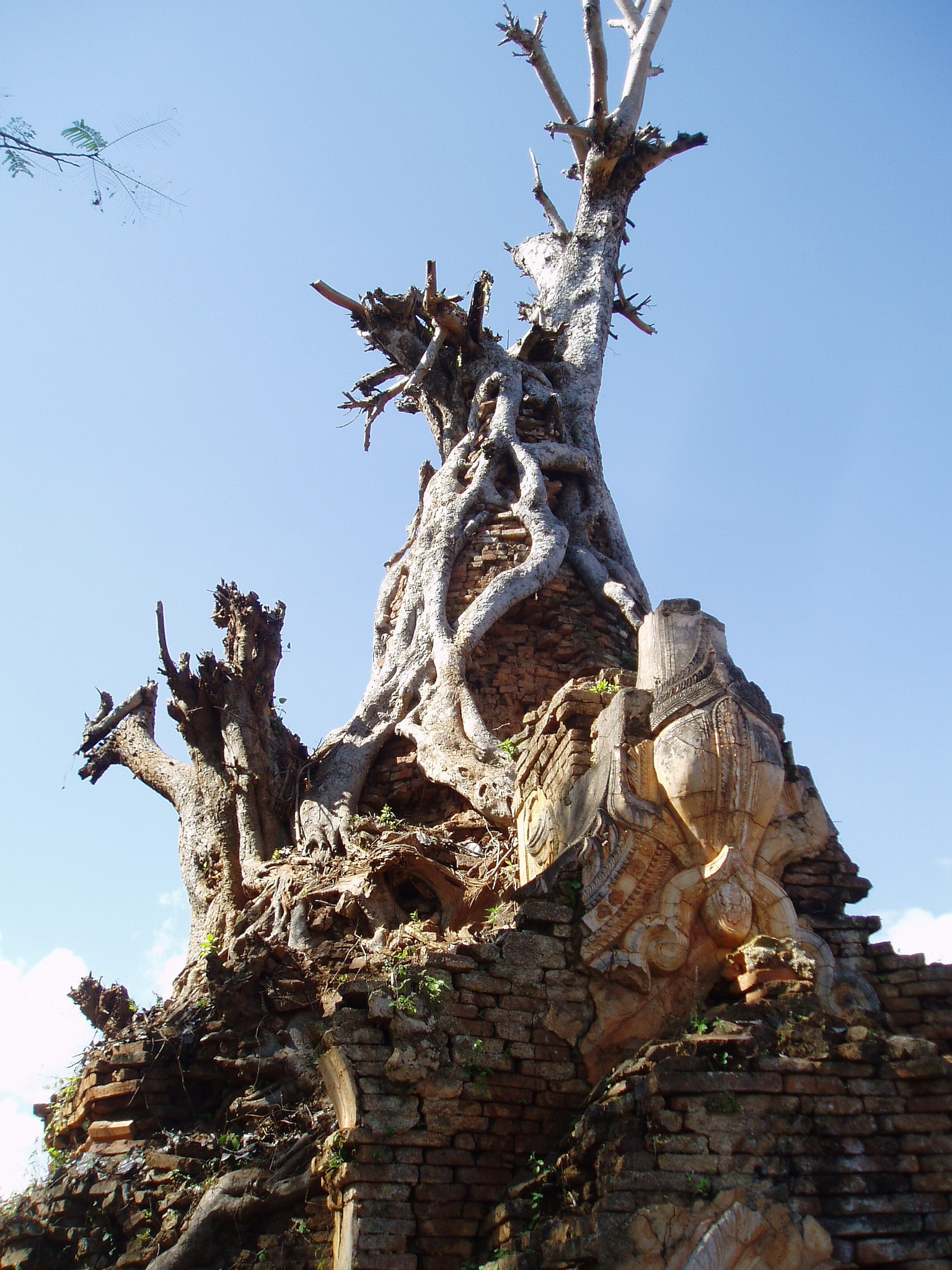
(c) A Thompson
Before veering off into the overgrowth in search of the crumbling temples, local vendors will try to tempt you back to their stalls with warning of deadly snakes. Of course there are no deadly snakes in the area, but rather hundreds of ancient ruins to stumble upon in the bush, in various states of decay, some with trees growing out of them, decorated with sculptings of celestial beings or mythological animals as Naga serpents, Chinthes and peacocks, not found on any of the more recent pagodas. Some enshrine images of the Buddha.
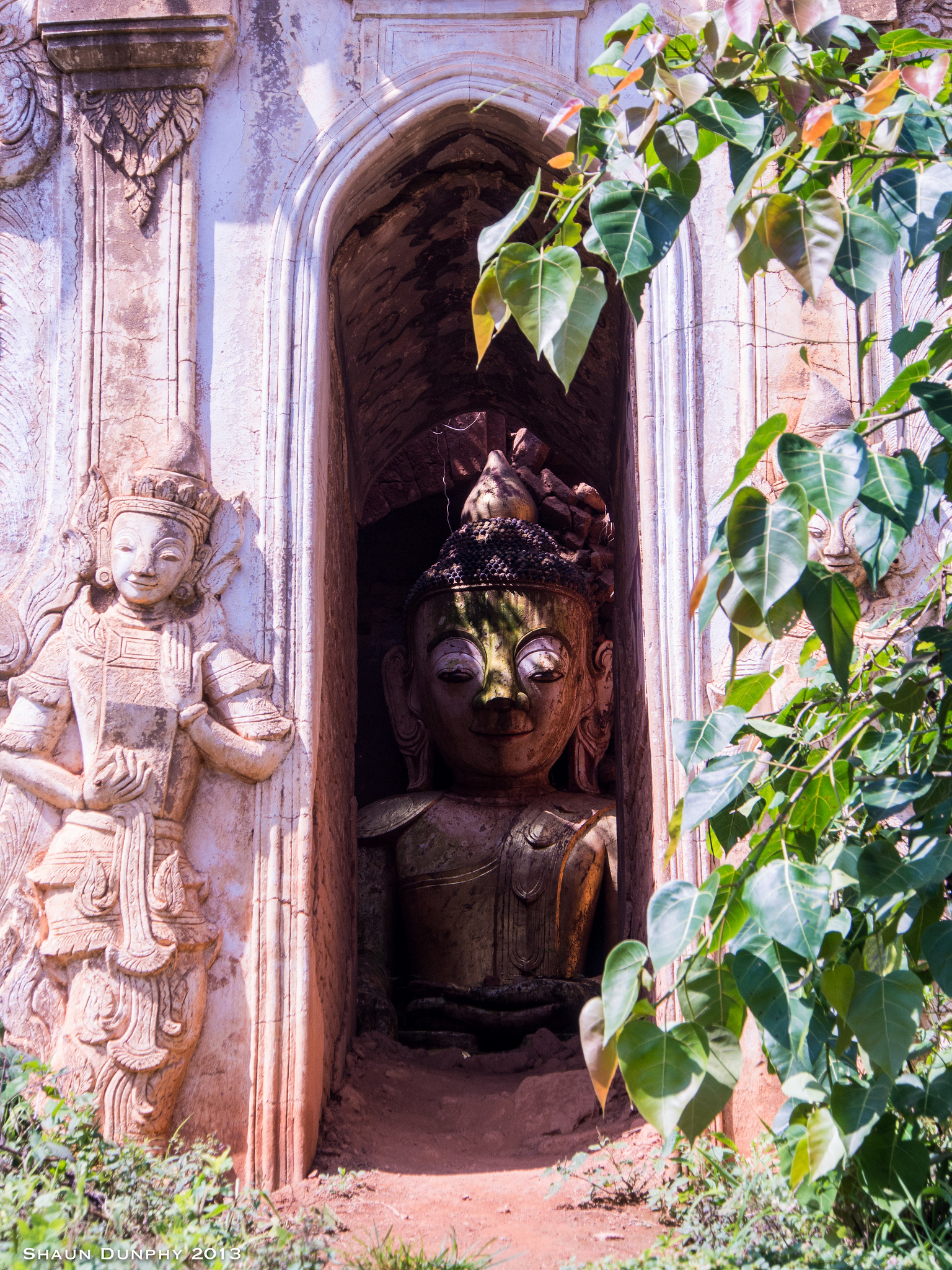
(c) Shaun Dunphy
The most noticeable thing about them from afar is of course their pointy roofs, said to represent the trunk of an elephant. These crumbling meditation shelters or stupas, more than a thousand of them, have no records in Myanmar history of ever being built.
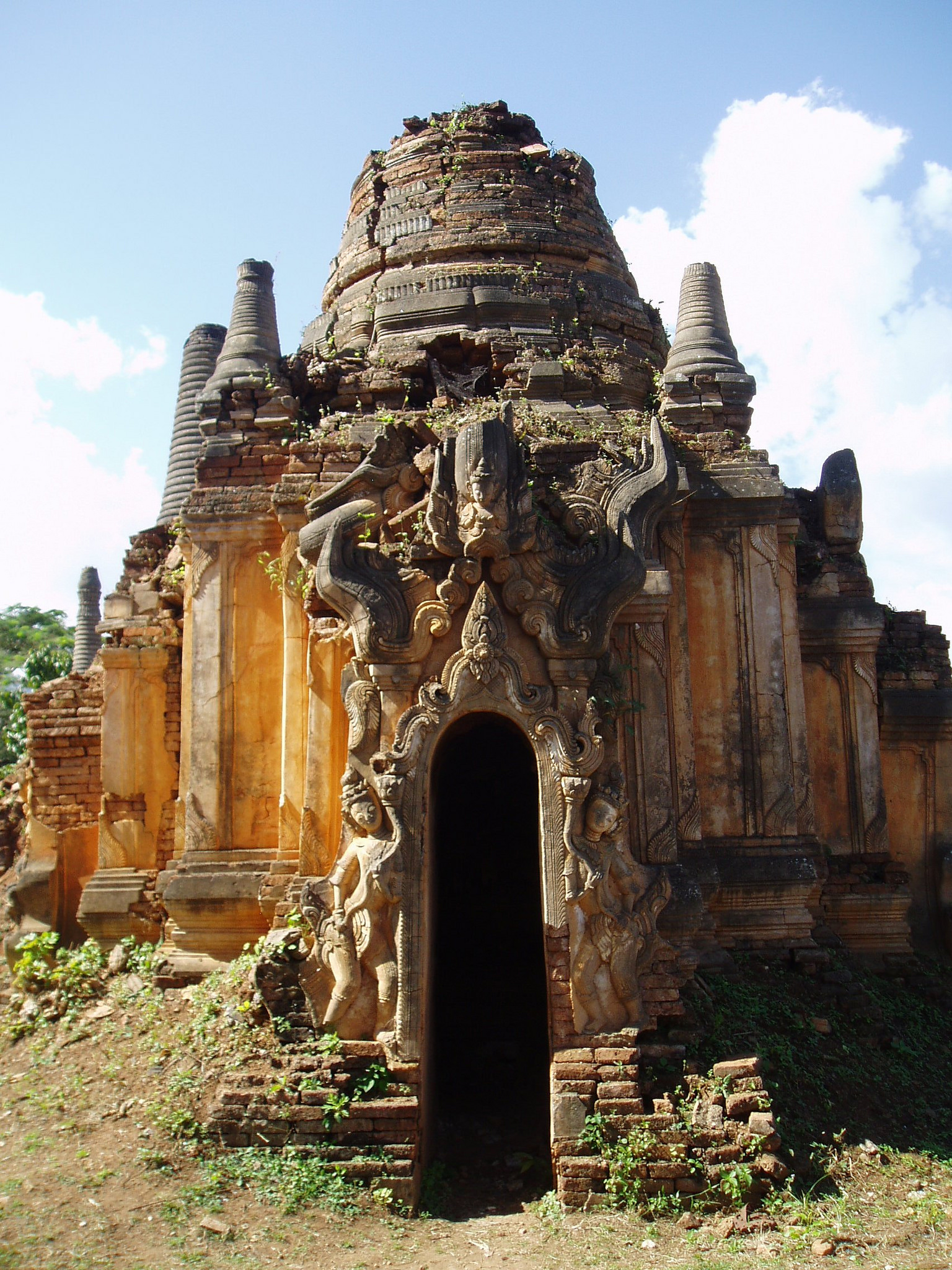
One theory is that the Shwe Indein Pagoda complex was built by the Indian emperor Ashoka, who sent out monks in the 3rd century BC across Asia to spread Buddhism. However, there is no archaeological evidence to support this and other accounts says a king in central Myanmar built the mysterious pagodas in the 17th century after returning from war in Ayutthaya.
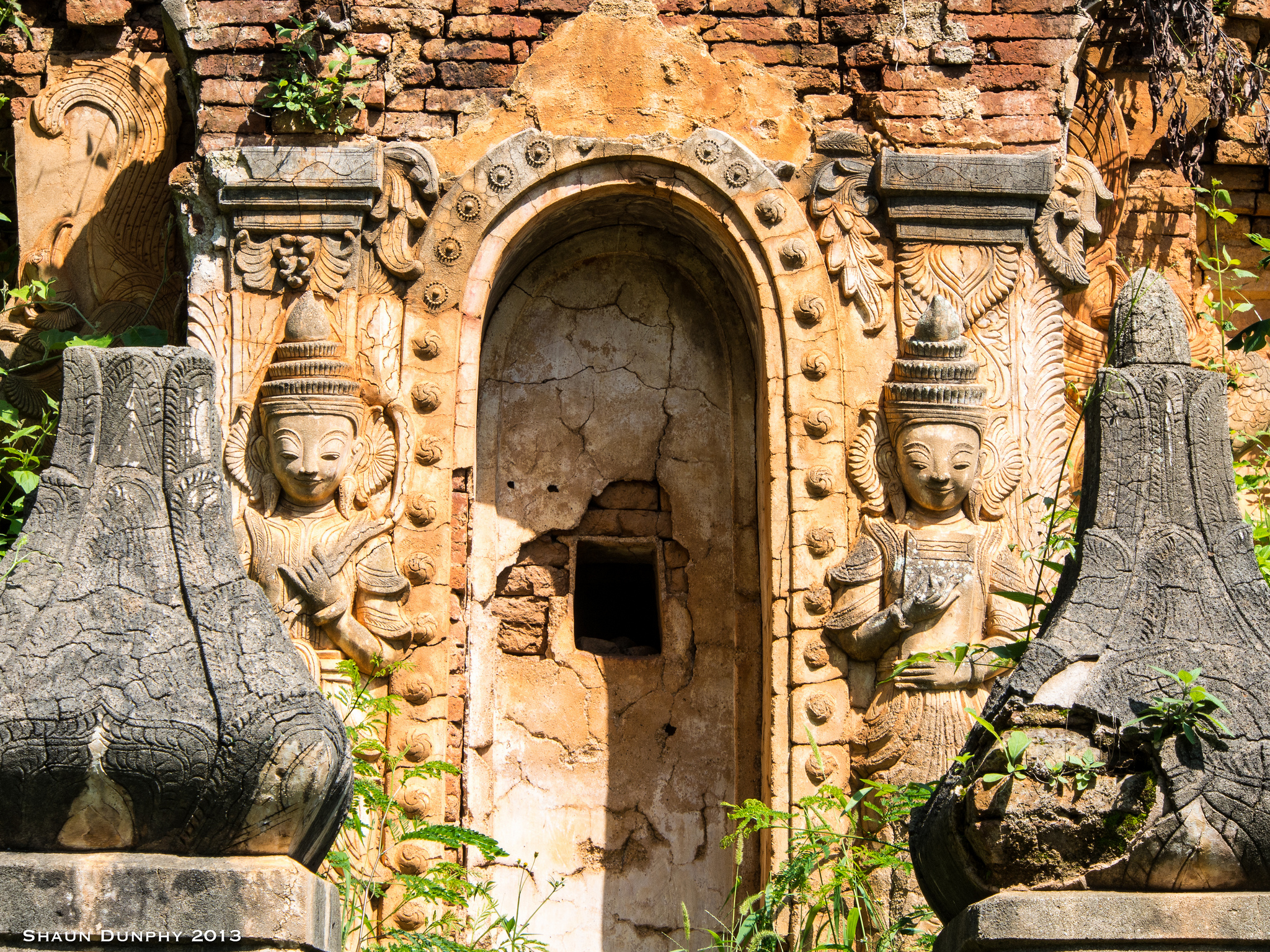
(c) Shaun Dunphy
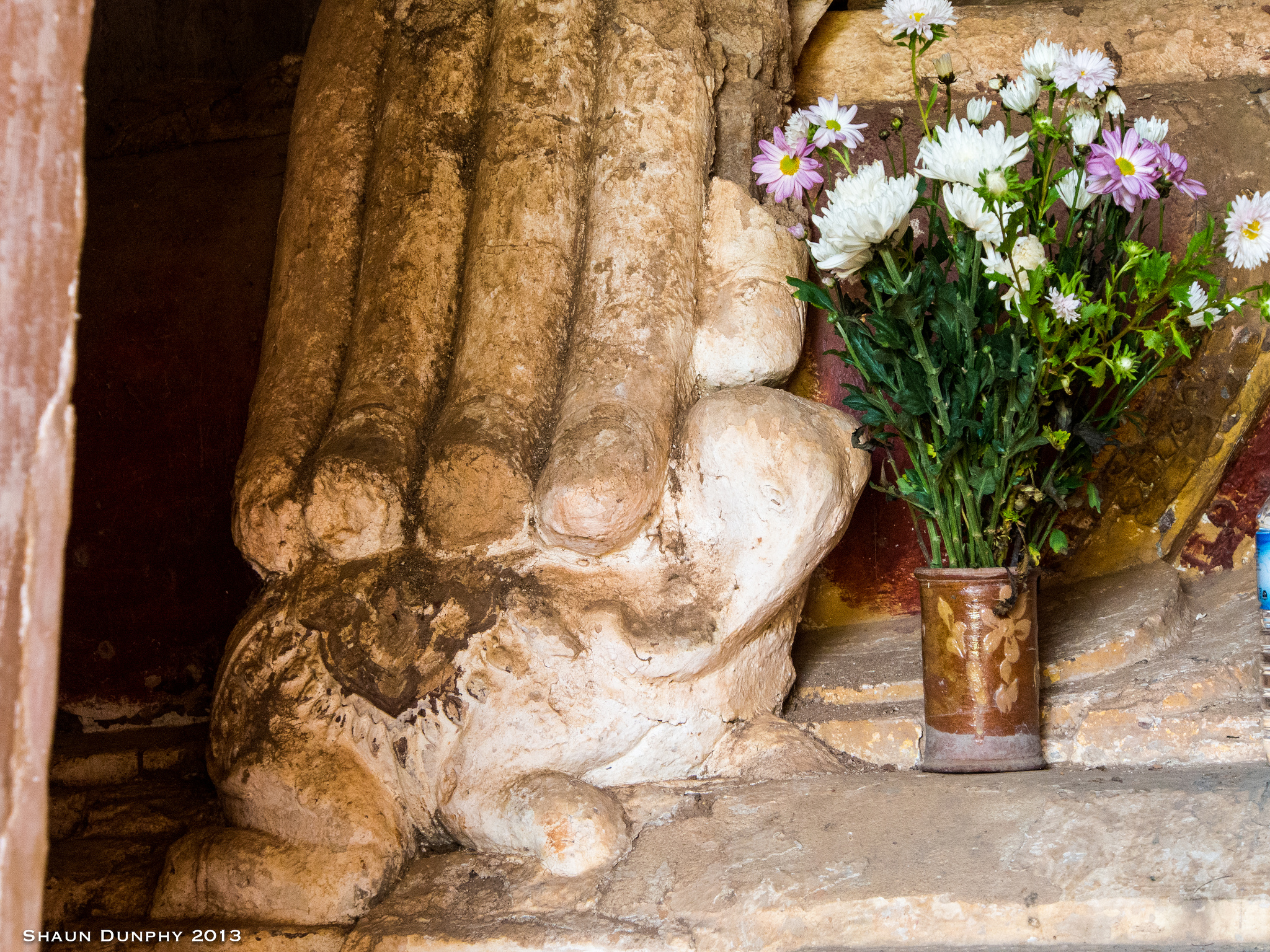
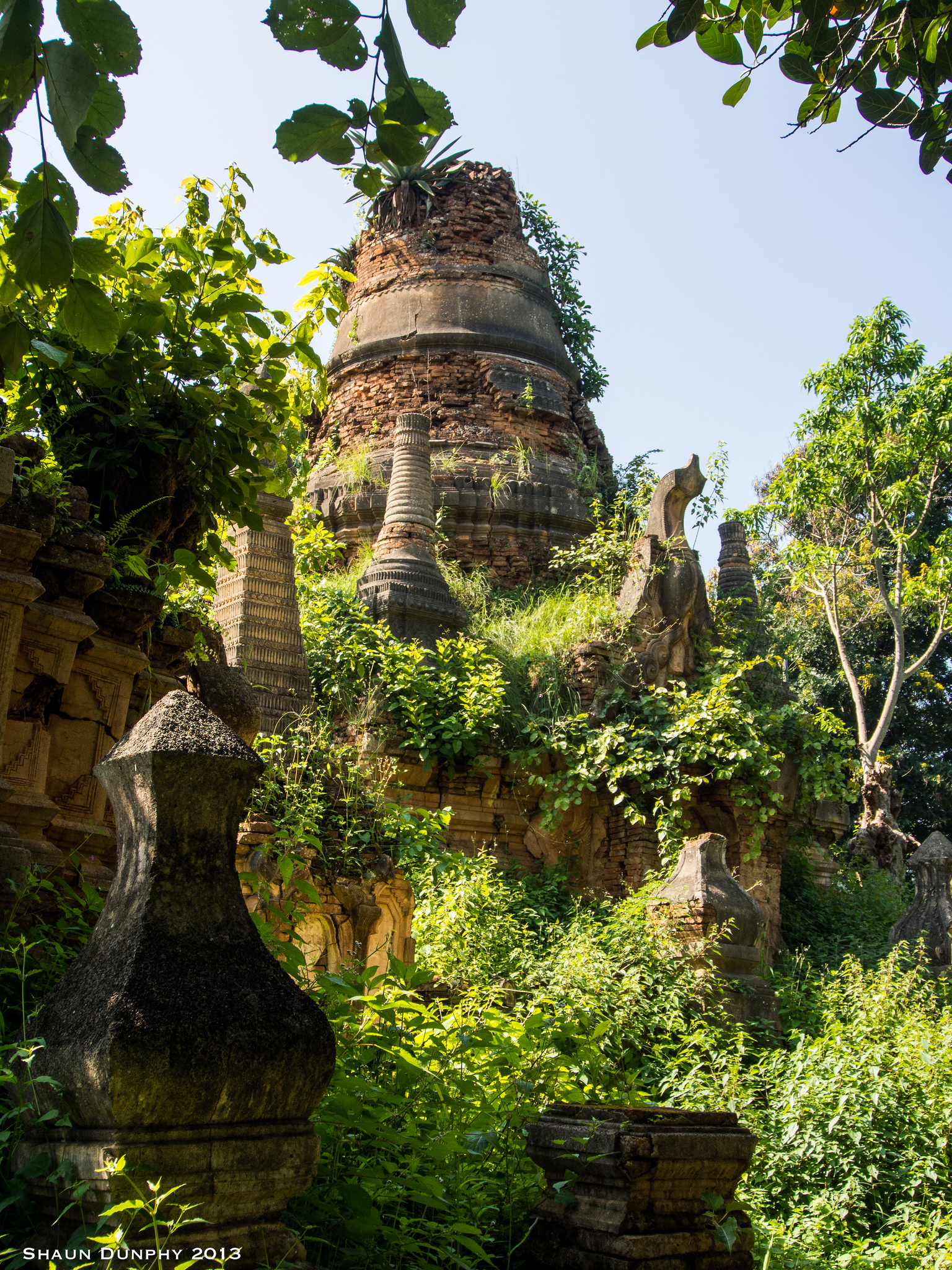
(c) Shaun Dunphy
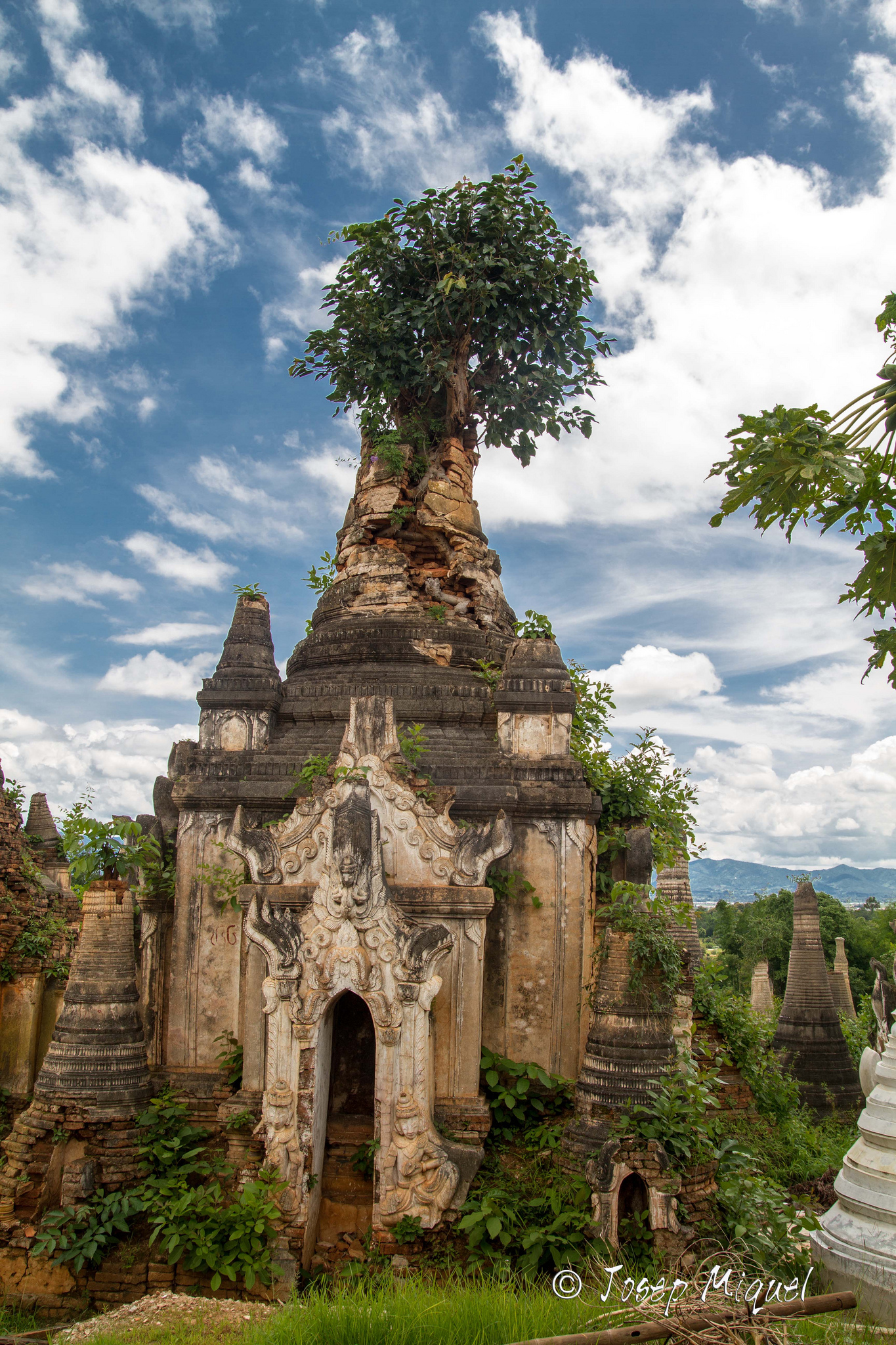
(c) J Navarro
Not a single one of them are protected heritage sites. Some are still standing tall, others crumbling upon themselves, only a few still have the an ornamental umbrella at the tip of the elephant trunk.
